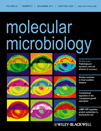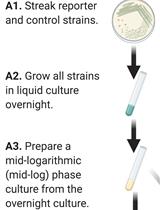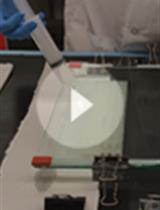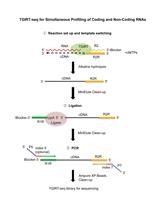Improve Research Reproducibility A Bio-protocol resource
- Protocols
- Articles and Issues
- About
- Become a Reviewer
Primer Extension Analysis Using AMV Reverse Transcriptase
Published: Vol 2, Iss 14, Jul 20, 2012 DOI: 10.21769/BioProtoc.240 Views: 10649
How to cite
Favorite
Cited by













